This weekend the Water Nerd and her partner-in-crime, HJ, took a long-weekend trip to the UK (thanks Belgian Catholic holidays!). They visited the Thames Barrier in London (huge moveable flood barrier) and hiked the gorgeous Seven Sisters cliffs of Sussex...
Thames Barrier
Fun Facts about the Thames Barrier:
- The barrier consists of 10 gates - 6 that sit on the bed of the river, rotating up when in use but allowing ships to pass over them when not in use, and 4 that sit above the river and rotate down when needed to block a storm surge.
- The location was chosen for its stable river bed - allowing a massive concrete foundation to be laid.
- The gates are tested every couple months - unfortunately we missed a testing by 3 days!
- The gates close from the outside of the river towards the middle of the river, in sequence.
- It normally takes 90 minutes to close the gates. In an emergency, all gates close at once over a 15 minute period. But closing so quickly could send a rebound wave back down the river.
- If it looks like water will overtop the gates, they can be raised to allow some water to pass under them (but this has never been needed).
- Today, the barrier closes on average 5x per year (176 closures as of February 2016), but in the future, with rising sea levels, this could increase to 30 or more times per year.
- The barrier has survived 15 boat collisions!
- The barrier was originally designed to protect London through 2030, and will now be used through at least 2070.
The video below explains how the gates work in more detail, with some cool time lapse videos and animations!
Seven Sisters
We had fantastic luck during our 4-day trip, with sunny 24 degree (C!) days, even getting a bit sunburned during the hike. Apparently this is virtually unheard of here in the UK, but it sure has left a good impression! The 25 km hike took us about 6 hours (include lots of snack/view breaks). Scroll down for a map of the route.
(1) Kayaking friend from the Bay Area who now works in London, also as a water nerd. He's currently responsible for (risk) management on a big project to clean the water pipelines of London, one kilometer at a time. This involves shoving huge volumes ground-up ice (i.e. slushies) into the pipes and sucking it out a further down the pipe. The ice scrapes the gunk off the walls, without adding any contaminants to the system. How creative! I always thought cleaning pipes involved something much more manual, like brushes. There's even a person whose entire business is based on providing massive amounts of ice for this purpose. If you don't think this is super cool, then you probably shouldn't be reading this blog.
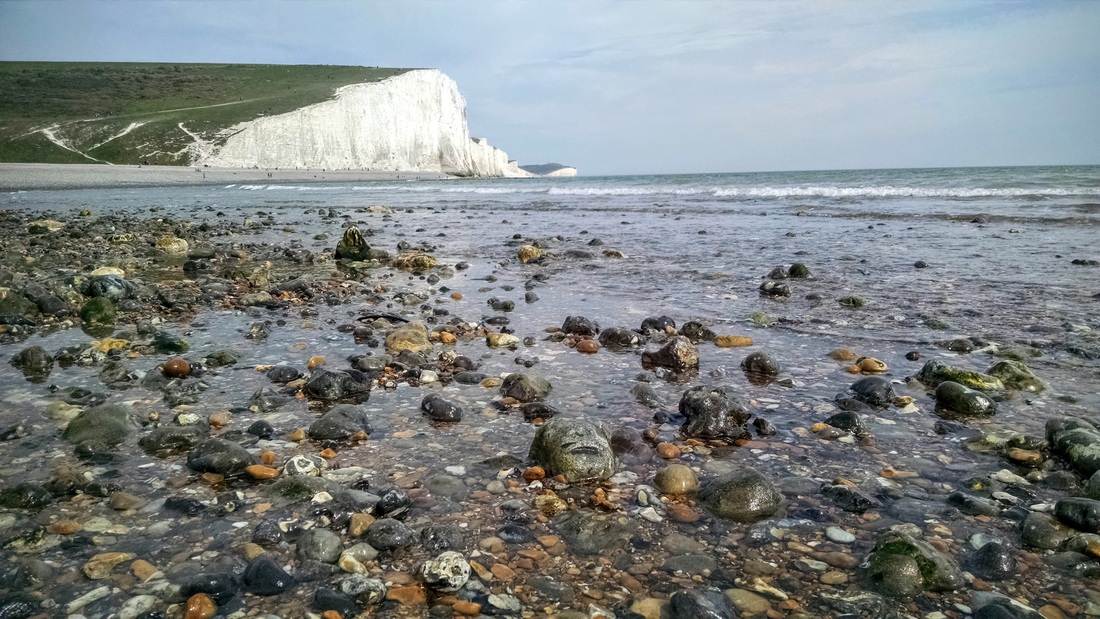
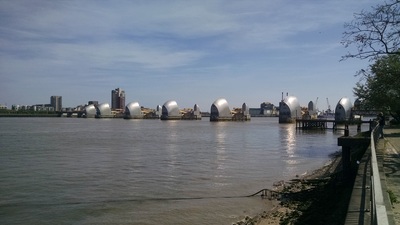
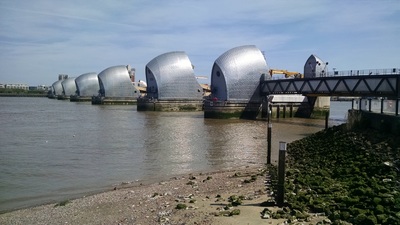
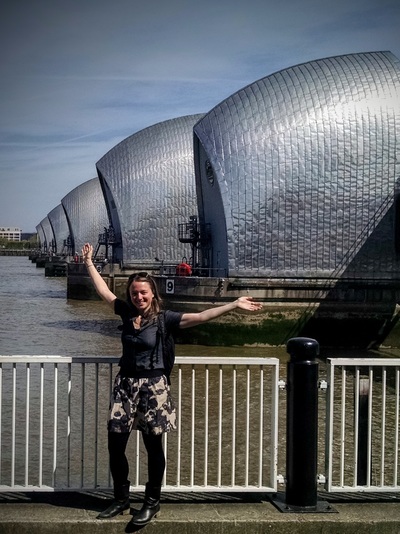

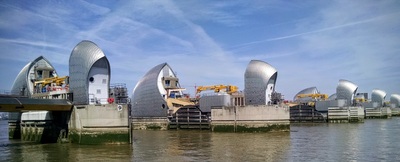


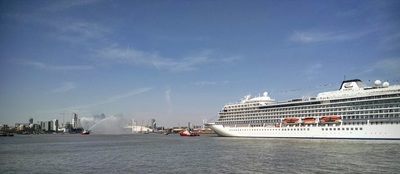
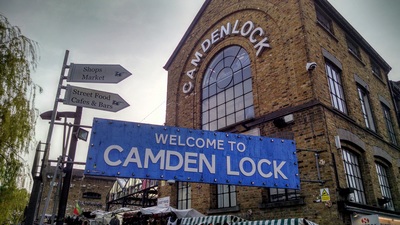
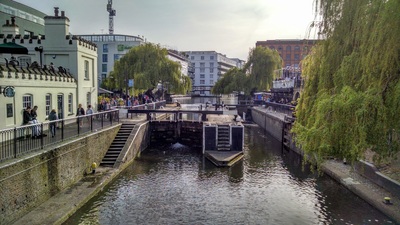
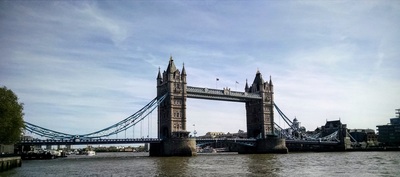
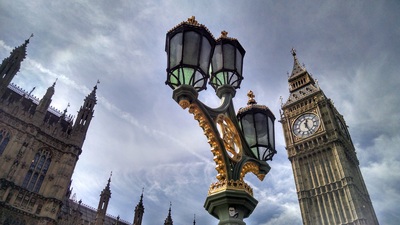
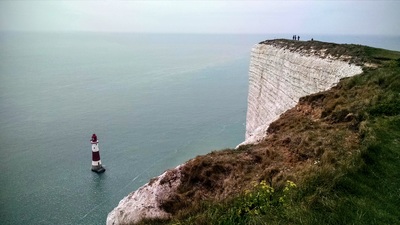
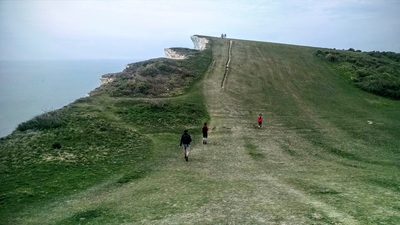
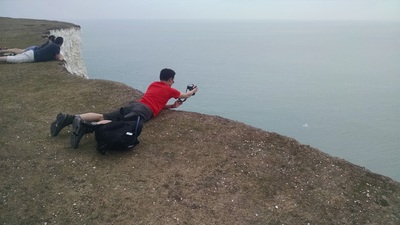
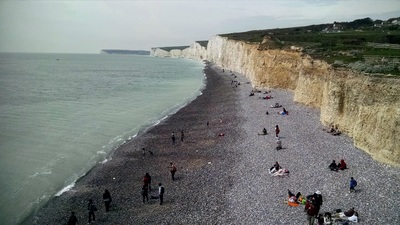
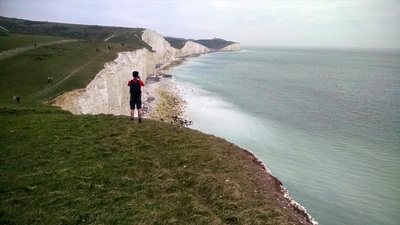
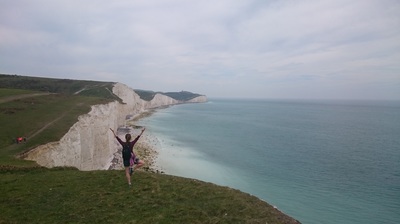
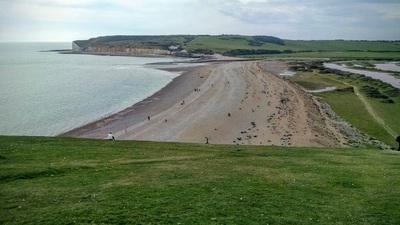
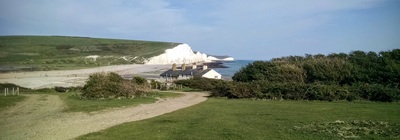
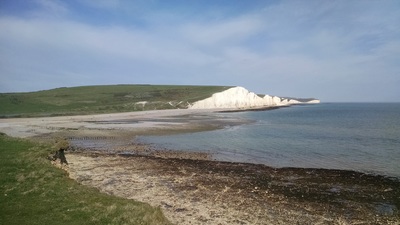
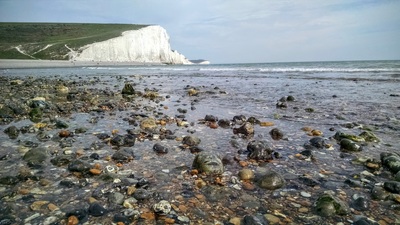
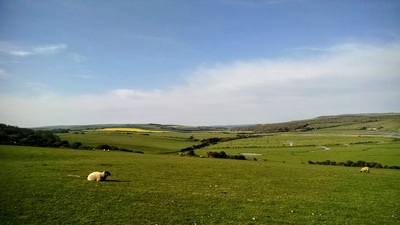
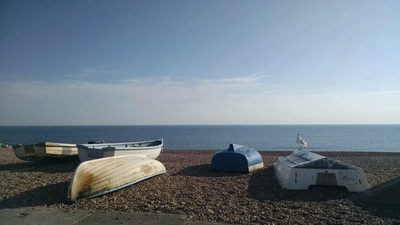
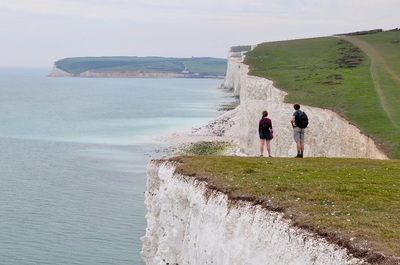

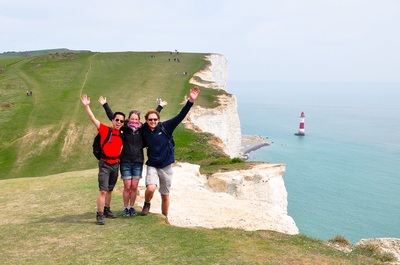

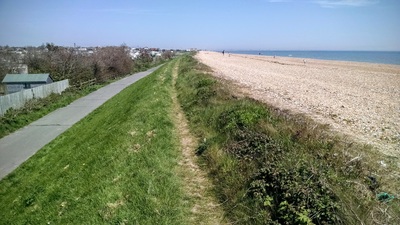
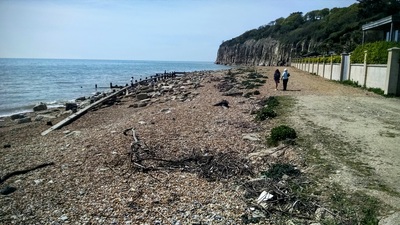
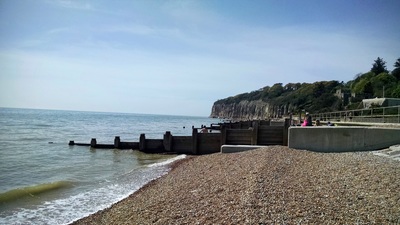
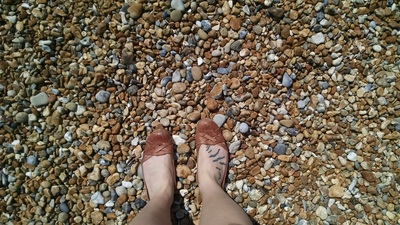
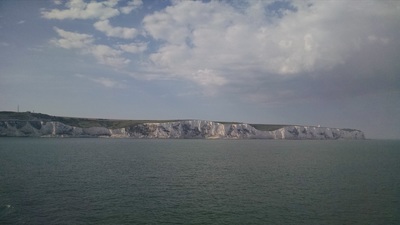
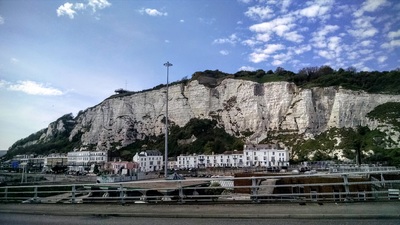
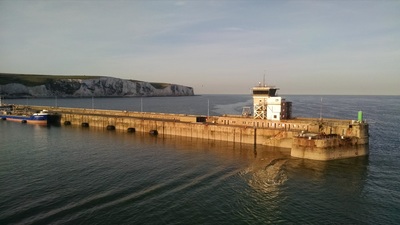

 RSS Feed
RSS Feed

